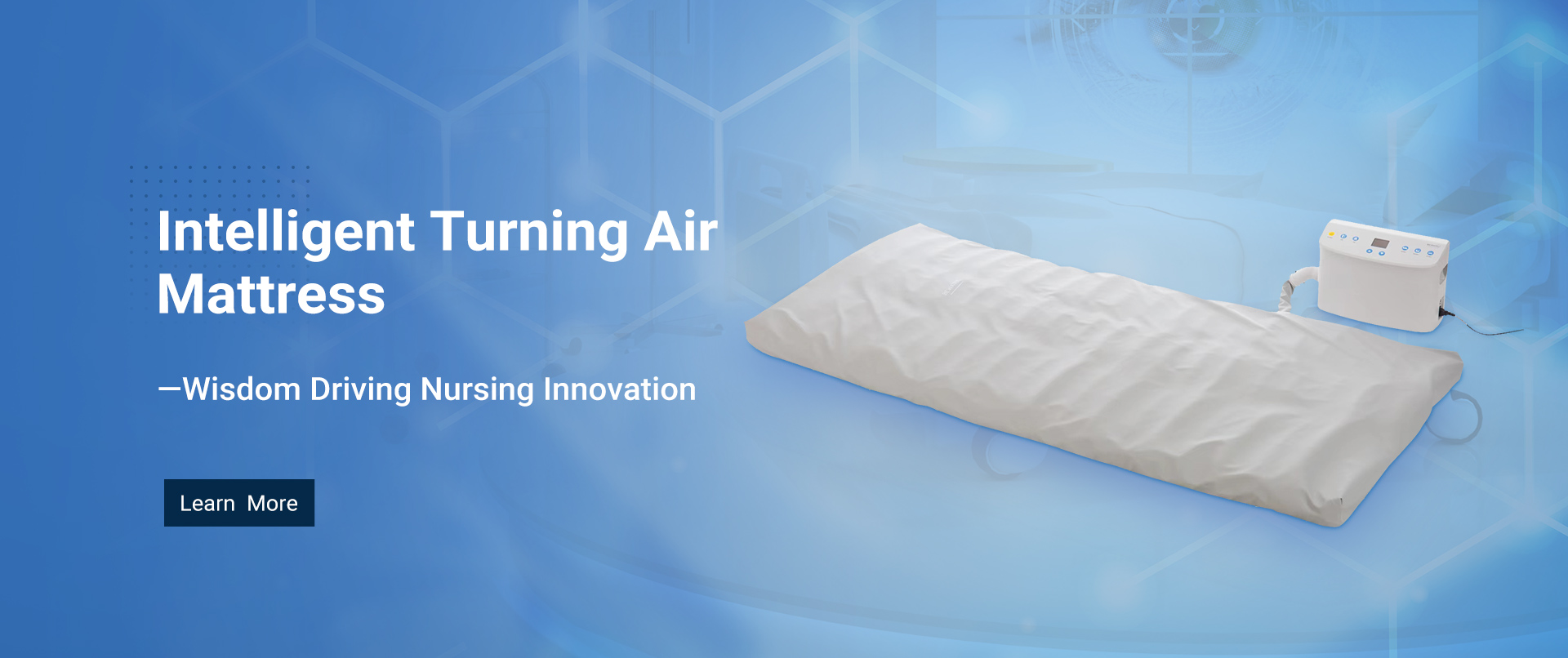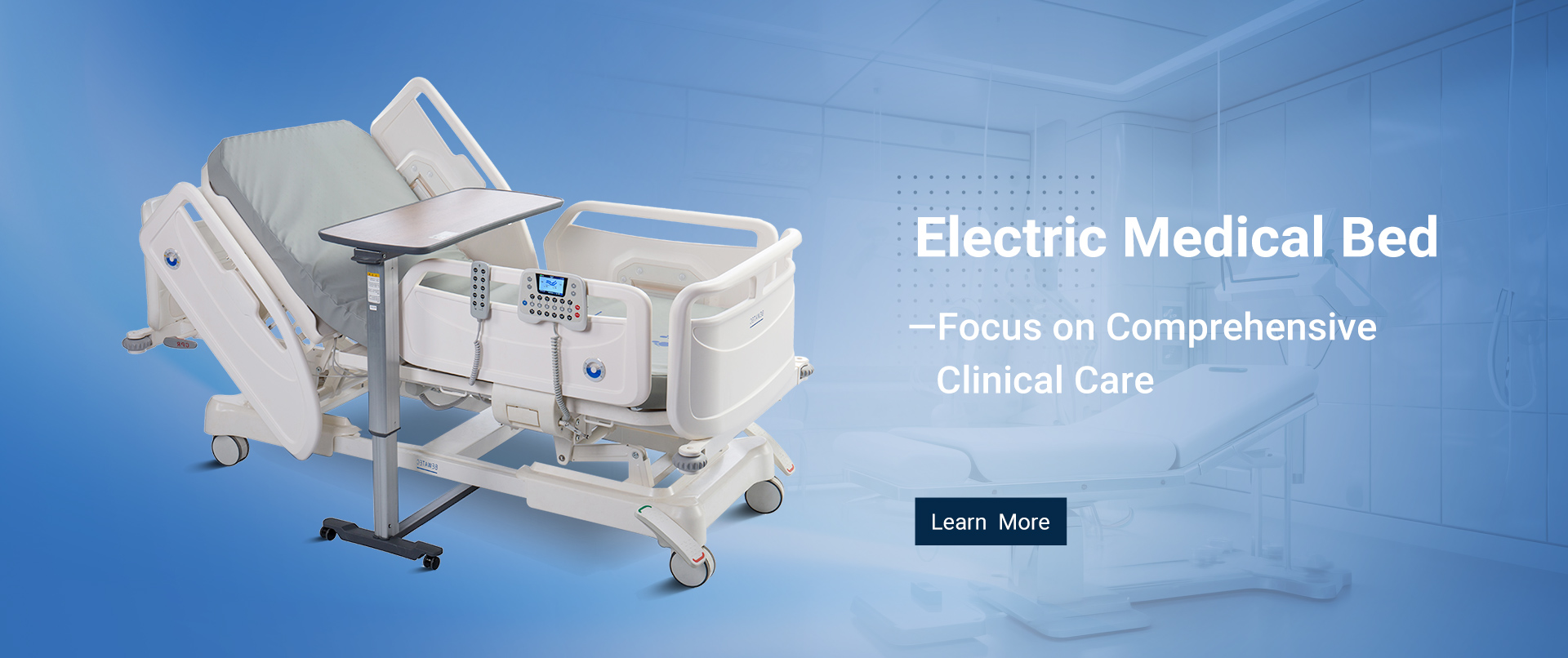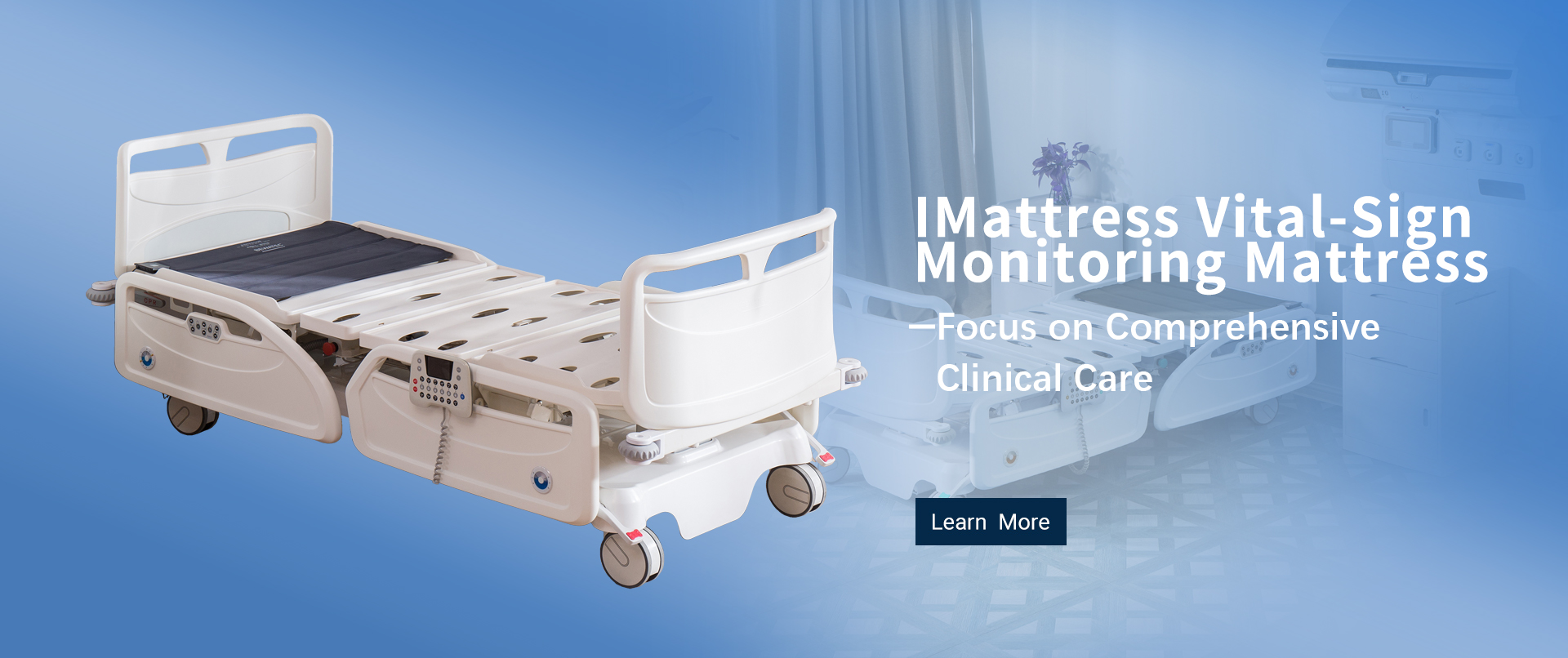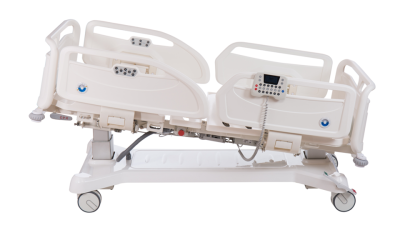
The Future of Medical Equipment Sites Shaping Healthcare Innovations
Table of Contents
- Emerging Technologies Transforming Medical Equipment Online Platforms
- Integrating AI and Machine Learning in Healthcare Equipment Marketplaces
- Enhancing User Experience: Design Principles for Medical Equipment Sites
- Navigating Regulatory Challenges in Online Medical Equipment Sales
- The Role of Telemedicine in Shaping Future Medical Equipment Needs
- Impact of E-commerce Trends on Healthcare Equipment Distribution Strategy
- Enhancing Patient Comfort and Care with the A7 Electric Medical Bed: A Comprehensive Review of the Aceso Series
- FAQS
- Conclusion
- Related Posts
The world of healthcare is changing pretty quickly these days, thanks to new tech innovations and the growing need for efficient, patient-focused care. If you check out the latest reports from MarketsandMarkets, you'll see that the global medical device market is expected to hit around $612.7 billion by 2025, growing at about 5.4% annually—no small feat! As this growth continues, the role of Medical Equipment Sites becomes even more vital. They’re basically the backbone for distributing and developing cutting-edge medical tech. Companies like Bewatec (Zhejiang) Medical Device Co., Ltd. are really leading the charge here, especially focusing on smart healthcare and the digital shift happening in the industry. Their goal? To provide personalized, safe, and comfy digital care experiences. Bewatec wants to set new standards in healthcare and grow into a global leader in high-tech smart medical solutions. In this blog, I’ll be talking about what’s next for Medical Equipment Sites and how they’re shaping innovations that really meet the changing needs of both patients and healthcare providers alike.
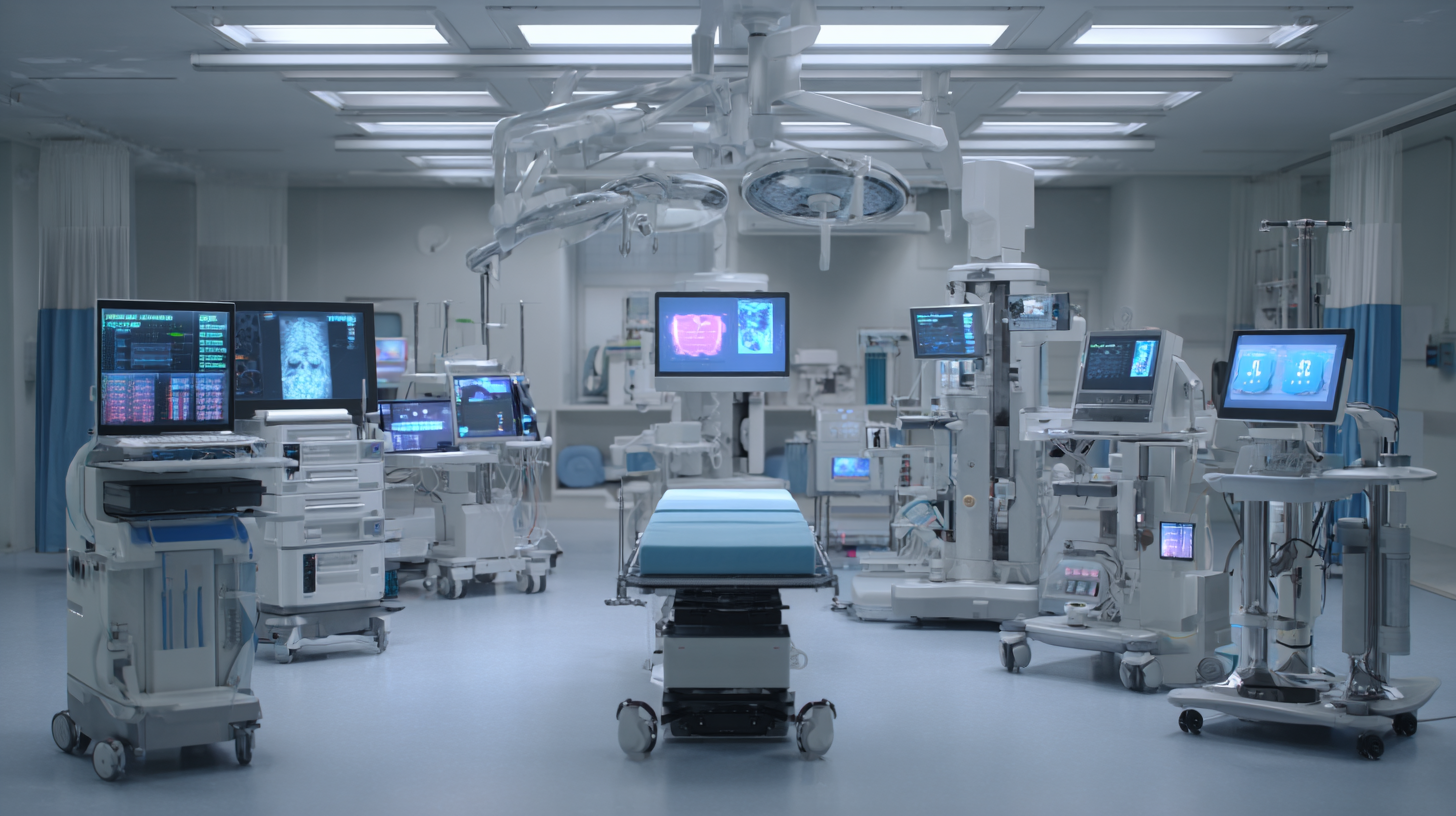
Emerging Technologies Transforming Medical Equipment Online Platforms
You know, the way emerging tech is changing online medical equipment platforms is pretty incredible. It’s really pushing healthcare innovations forward. I was reading a report by Grand View Research, and it estimates that by 2027, the global online medical equipment market could hit around $8.6 billion. And get this — it's growing at about 9.5% CAGR from 2020 to 2027. A lot of this buzz comes from cool advancements like Artificial Intelligence (AI) and the Internet of Things (IoT), which are honestly transforming how medical gear is marketed and used.
These days, AI-powered tools are being plugged into online platforms, making it way easier for healthcare providers to get tailored product recommendations and buy what they need without hassle. For example, platforms that use machine learning can analyze past purchase habits to suggest equipment that matches specific clinical requirements. Plus, IoT integration allows devices to be monitored in real-time and data to be collected instantly, which really boosts patient care. It also helps with proactive maintenance, cutting down on downtime and making operations run smoother. As these technologies keep advancing, they're set to make medical equipment more effective and accessible, totally reshaping the future of healthcare as we know it.
Integrating AI and Machine Learning in Healthcare Equipment Marketplaces
You know, the way AI and machine learning are really shaking things up in healthcare equipment marketplaces is pretty exciting. They’re using huge amounts of data to make buying and using medical gear way smoother — so healthcare providers can get the best tools to take care of their patients. AI can look at past purchasing trends to help suppliers better predict what they’ll need, which means they can manage their inventory more smartly. In the end, that usually results in lower costs and better access for hospitals and clinics.
On top of that, machine learning makes these marketplaces feel a lot more personalized. They get to know the specific needs and preferences of healthcare pros, so they can suggest the most suitable devices for whatever specialty they’re in. Plus, AI’s ability to analyze data in real-time really helps with decision-making. Providers get timely insights that can boost operational efficiency and, ultimately, improve patient outcomes. As these tech innovations keep advancing, they’re not just changing how medical equipment is bought and sold — they’re helping to create a more patient-centered healthcare system that’s way more efficient and responsive.
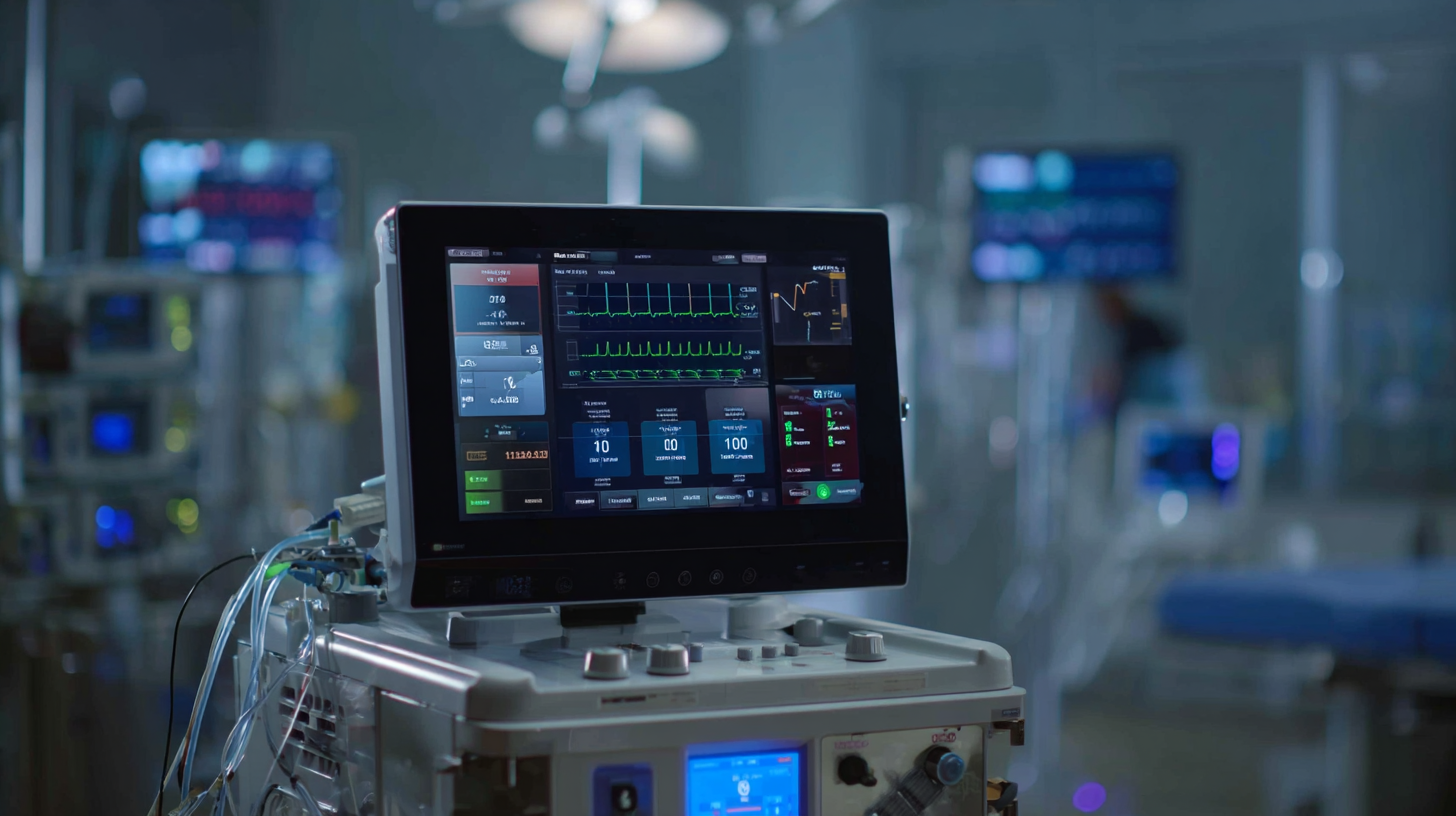
Enhancing User Experience: Design Principles for Medical Equipment Sites
Hey, in today’s fast-changing world of healthcare, focusing on user experience (or UX) design is more important than ever—especially when it comes to medical equipment websites. Making sure these sites are easy to navigate can really make a difference for healthcare providers—they get quick access to the info they need, which ultimately helps improve patient care. Simple things like intuitive menus, clear content organization, and mobile-friendly (responsive) design really help streamline how doctors and nurses interact with the tech.
**Tip 1:** Don’t forget to listen to feedback from users! Regularly running surveys or usability tests with healthcare staff can shed light on their real needs and pain points. That way, you keep tweaking your design to be more user-friendly and spot-on.
Also, as things like IoT and connected devices become more common, security isn’t just a nice-to-have anymore—it's a must. Users need to feel confident that their data’s safe when they’re using medical platforms. Building a design that’s both easy to use and keeps sensitive info secure will help build trust and confidence among healthcare pros.
**Tip 2:** Make security features an integrated part of your design, not an afterthought. And be transparent about how you handle and protect their data—this really helps reassure users they’re in good hands.
Putting UX at the forefront of medical equipment sites isn’t just about making things easier for users. It’s a vital step toward pushing innovative healthcare solutions that truly make a difference across the industry.
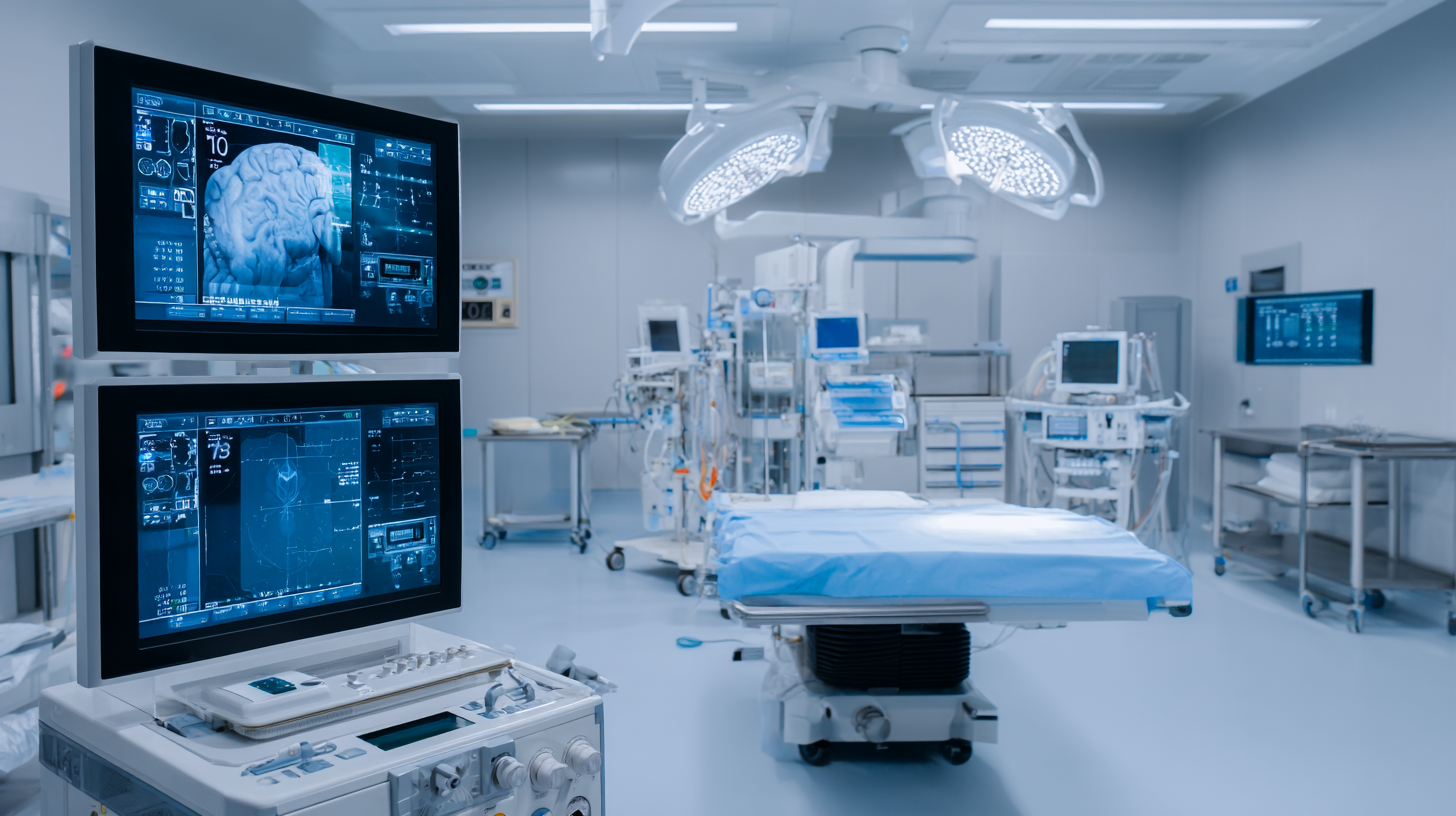
Navigating Regulatory Challenges in Online Medical Equipment Sales
Navigating the rules around selling medical equipment online can be pretty tricky for businesses trying to innovate in healthcare. With digital platforms playing such a huge role these days, knowing the ins and outs of compliance is a must. The rules often change a lot depending on where you’re located and what exactly you're selling, so staying in the loop is key—otherwise, you risk running into legal trouble. Getting advice from legal experts who specialize in healthcare laws can really help simplify everything and make sure you're playing by the right rules, both locally and internationally.
**Tip 1:** Before you even get your website up and running, do your homework on what regulations apply to your products. That means checking what certifications, licenses, and safety standards are necessary right from the start—trust me, it saves a lot of headaches down the line.
Also, being upfront with your customers about compliance can go a long way in building trust. Clear info about where your products come from, safety certifications, and your return policies can make a big difference in how folks perceive your business. Joining industry groups isn’t a bad idea either — they often share tips and keep members updated on new rules or changes.
**Tip 2:** Make it a point to keep your customers in the loop about any regulation updates that might impact the products you sell. Giving them a heads-up not only shows you care but also helps keep their trust and keeps your business on the right side of the law.
| Equipment Type | Market Growth (%) | Regulatory Compliance Issues | Primary Challenges | Customer Trust Factors |
|---|---|---|---|---|
| Diagnostic Equipment | 12.5 | Data Privacy Regulations | Ensuring Accuracy | Certification and Reviews |
| Therapeutic Devices | 15.0 | Product Authorization | Market Saturation | Transparency in Sourcing |
| Surgical Instruments | 10.0 | Sterilization Standards | Cost Management | Endorsements from Professionals |
| Monitoring Devices | 8.5 | Remote Monitoring Regulations | User Interface Challenges | User Testimonials |
| Rehabilitation Equipment | 9.2 | Insurance Coverage | Accessibility | Ease of Use |
The Role of Telemedicine in Shaping Future Medical Equipment Needs
You know, the telemedicine scene in the U.S. has really been taking off lately. In 2023, the market hit around $2.9 billion—that’s pretty impressive. And it looks like the demand for remote healthcare options isn’t slowing down anytime soon. Experts are forecasting an annual growth rate of about 11.6% from 2024 through 2032. Honestly, a lot of this boom comes down to technological leaps and how patient expectations are shifting—they want more convenient, accessible care. So, telemedicine is basically becoming a key player in healthcare nowadays.
As the industry keeps changing, there’s a growing need for specialized equipment designed for different telemedicine services—things like tele-radiology, tele-pathology, and tele-psychiatry. These tools don’t just help with remote consultations; they’re also making diagnostics sharper and patient management smoother, which means better health results overall. Companies like Bewatec (Zhejiang) Medical Device Co., Ltd. are really stepping up, focusing on smart healthcare tech and digital solutions that put patient comfort, safety, and personalization front and center. Looking ahead, with digital health advancing so quickly, the future of telemedicine seems super promising. It’s opening doors for all sorts of innovative gear and services that both healthcare providers and patients are going to love.
The Future of Medical Equipment and Telemedicine Innovations
This chart illustrates the projected growth of various telemedicine technologies and their impact on medical equipment needs over the next five years.
Impact of E-commerce Trends on Healthcare Equipment Distribution Strategy
You know, the way healthcare equipment is being distributed is really changing, thanks to the rapid rise of e-commerce. It’s like, broader trends in how consumers shop and what they expect are reshaping the game. Did you hear that the global healthcare e-commerce market is expected to jump from around $443 billion in 2024 all the way to more than $1 trillion by 2031? That’s huge! It’s pretty much clear that online platforms are now playing a key role in delivering medical supplies and solutions. And honestly, this boom is driven by people wanting things more quickly and easily—accessibility matters a lot more these days. That’s pushing healthcare companies to ramp up their e-commerce strategies so they can keep up with an audience that’s more tech-savvy than ever.
Plus, in the U.S., the Home Medical Equipment Market is projected to hit about $48.5 billion by 2035. That really shows how important e-commerce has become in getting essential products straight to consumers’ homes. The growing focus on personalized care and at-home health solutions is fueling this whole shift, too. As more healthcare providers go digital, having user-friendly tech and good customer service will be super important if they wanna stay ahead. Adapting to these e-commerce trends isn’t just about making things accessible; it’s also about empowering folks on their own healthcare journeys, which is pretty cool when you think about it.
Enhancing Patient Comfort and Care with the A7 Electric Medical Bed: A Comprehensive Review of the Aceso Series
The A7 Electric Medical Bed from the Aceso Series is revolutionizing the way we think about patient care and comfort. Designed with the advanced Intelligent Critical Care Bed technology, it offers a seamless transition from emergency care to recovery, ensuring that patients receive comprehensive support throughout their medical journey. This innovative bed accommodates various patient needs, making it an essential tool in any healthcare facility aiming to enhance the overall patient experience.
One of the standout features of the A7 Electric Medical Bed is its unique ergonomic design, which promotes patient comfort and safety. The bed's adjustable settings allow for personalized positioning, facilitating easier movement for both patients and healthcare providers. This adaptability not only helps in improving patient outcomes by providing optimal therapeutic support but also reduces the physical strain on staff when assisting patients. In an age where patient-centric care is paramount, the Aceso Series' focus on comfort and efficiency stands out as a beacon of modern medical innovation.
FAQS
I integrated into healthcare equipment marketplaces?
Machine learning personalizes the user experience by understanding healthcare professionals' specific needs and preferences, allowing platforms to recommend tailored solutions that match clinicians’ specialties.
AI enhances decision-making by providing real-time data analysis, offering insights that improve operational efficiency and patient outcomes for healthcare providers.
Key design principles include intuitive navigation, clear content categorization, responsive design, and the incorporation of user feedback to create more user-centric designs.
Data security is vital because users need to trust that their sensitive information is protected when interacting with medical equipment platforms, which fosters confidence and encourages usage.
Current e-commerce trends reflecting consumer behavior shifts emphasize convenience and accessibility, prompting healthcare companies to adopt robust e-commerce strategies to meet digital-savvy consumers’ expectations.
The Global Healthcare E-Commerce Market is projected to grow from USD 443 billion in 2024 to USD 1,047.95 billion by 2031, indicating a significant shift towards online platforms for medical solutions.
The U.S. Home Medical Equipment Market, expected to reach $48.5 billion by 2035, highlights the importance of e-commerce in delivering essential products directly to consumers, supporting trends in personalized care and at-home solutions.
Companies can enhance usability by prioritizing user experience principles, conducting regular surveys for feedback, and ensuring that design elements meet the specific needs of healthcare professionals.
Healthcare innovators adapt by embracing digital platforms, integrating user-friendly technology, and focusing on responsive customer service to navigate the evolving market effectively.
Conclusion
The future of Medical Equipment Websites is looking pretty exciting, folks. Thanks to new tech and the move towards digital healthcare, everything's set to change in a big way. When we start blending AI and machine learning into online platforms, it'll be easier to get smarter product suggestions and manage inventory much more smoothly — all of which ultimately helps improve patient care. Plus, designing these sites with the user in mind is gonna be key. We want them to be easy to navigate for healthcare pros and patients alike, without any unnecessary hassle.
Of course, there are still some hurdles, like navigating regulations and making the most of telemedicine trends, which are shaping what’s needed in medical equipment. And with e-commerce booming, distribution strategies are evolving too — making sure that new, innovative healthcare solutions get into the hands of those who need them most.
At Bewatec (Zhejiang) Medical Device Co., Ltd., we’re all in on this trend. Our goal is to provide smart, customized, and safe digital health solutions that not only meet these new demands but also position us as a leader in smart medical care. It’s an exciting time, and we’re committed to being right there at the forefront, making sure we deliver the best experience for everyone involved.
Related Posts
-

7 Essential Tips to Choose the Best Equipment for Your Hospital
-

15 Amazing Bedding Solutions For Hospital Beds You Need to Consider
-
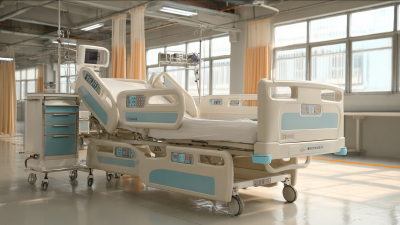
Unmatched Quality of Hospital Beds from Chinas Leading Factory Trusted Worldwide
-

Navigating the Future of Best Medical Beds Manufacturers in 2025 with Technological Innovations Guide
-
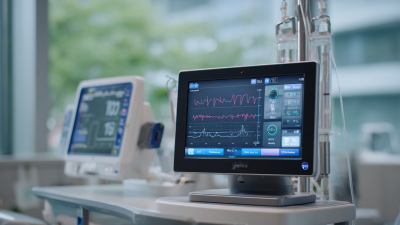
How to Optimize Patient Care with a Wifi Connected Vital Signs Monitor
-
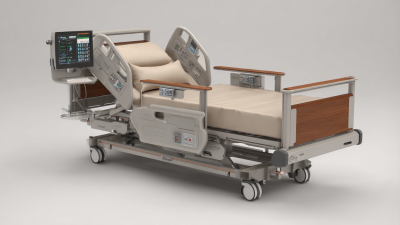
Mastering the Use of Automatic Medical Beds: A Comprehensive Guide to Enhanced Patient Care


